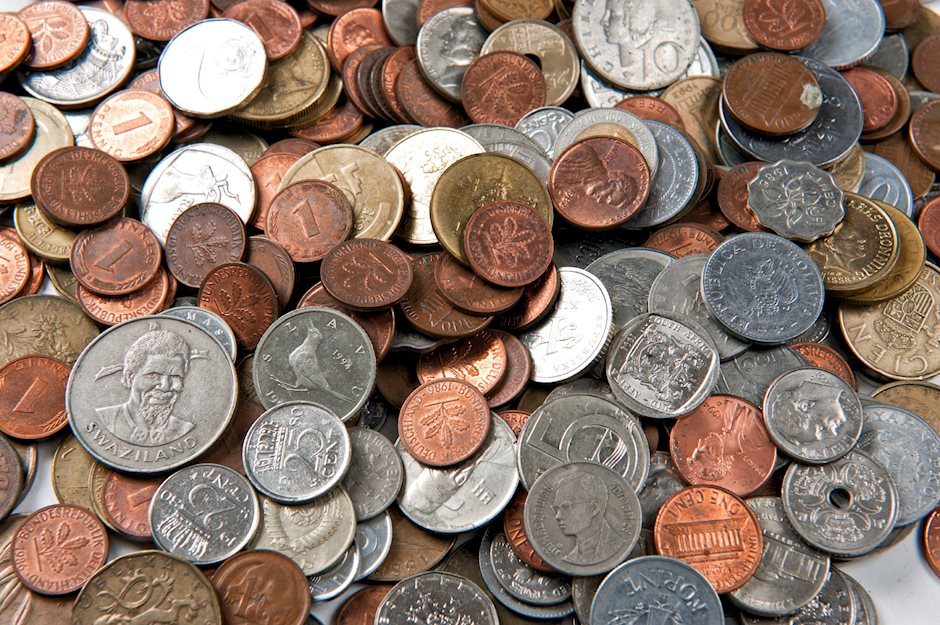Merk Research: Axel's Take

Data developments since last month’s report have been mixed, but overall the economic expansion looks set to continue over the next few months, and in general until further notice. All of these charts or concepts are somewhat inter-related, as is the economy in general, so the idea is to have some different data points to cross-reference- in my view no one indicator can be looked at in isolation. That being said, most indicators are still positive, with the exception of some longer term indicators that look negative- suggesting that we are in the late part of the cycle.
The LEI Index still looks strong and the yield curve still has not yet inverted- it’s worth keeping in mind that yield curve inversion is historically a medium term indicator (6-24 months) with respect to the beginning of a subsequent recession. Regarding the global backdrop, I’m concerned about the weakness in the Chinese data, which needs continued monitoring for further deterioration. Recession risk over roughly the 1-5 year period is elevated with measures suggesting the economy is potentially operating above capacity, namely with respect to the output gap and labor force capacity utilization. Operating above capacity can persist for some time but is by definition unsustainable over the longer term, however there are uncertainties with regards to the estimates for potential GDP and the natural rate of unemployment. Also, some longer leading indicators such as auto sales and building permits appear to be rolling over, which adds to the evidence that the economy is in a late cycle phase. However, for the time being, there seems to be some slack remaining in the labor market, which suggests that the economic cycle can continue for a little while longer. Also notable, the NY Fed household credit report shows an uptick in the household delinquency rate, which might become a bigger concern in the coming months if that trend continues, but too early to say at this stage.
In general the data suggests classic late-upswing business cycle behavior. According to the CFA text, a late upswing means “at this stage of the business cycle, the output gap has closed and the economy is in danger of overheating. Confidence is high; unemployment is low. The economy may grow rapidly. Inflation starts to pick up, with wages accelerating as shortages of labor develop.” (See the Fed chart books for analysis on inflation and wages.)
To reiterate, taken together I think the U.S. business cycle picture is still positive. On balance, based on the charts and framework presented (which inevitably may not capture all possible risk factors in real-time), it seems likely the U.S. economic expansion continues until further notice.
Author

Axel Merk
Merk Hard Currency Fund
Axel Merk is the Founder and President of Merk Investments. Merk is an expert on macro trends, hard money, international investing and on building sustainable wealth.

















